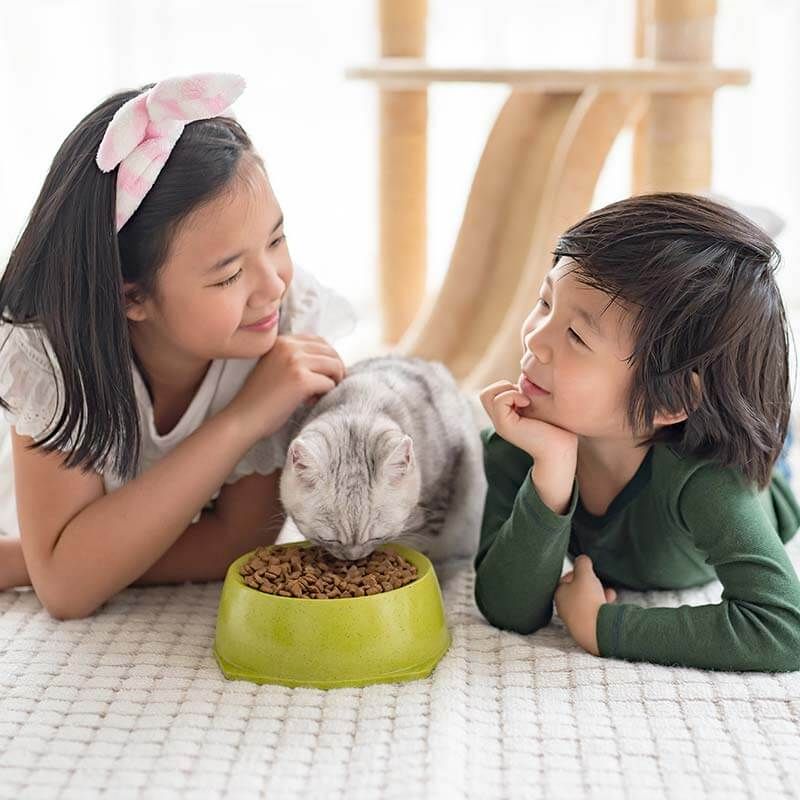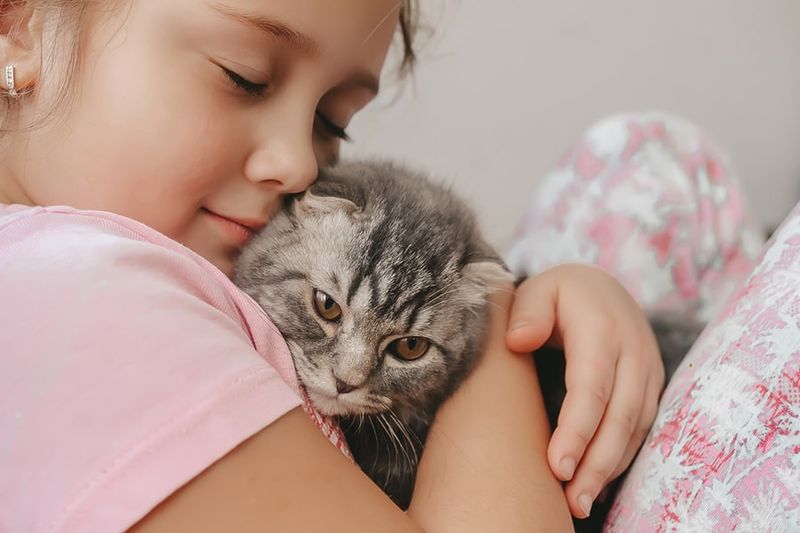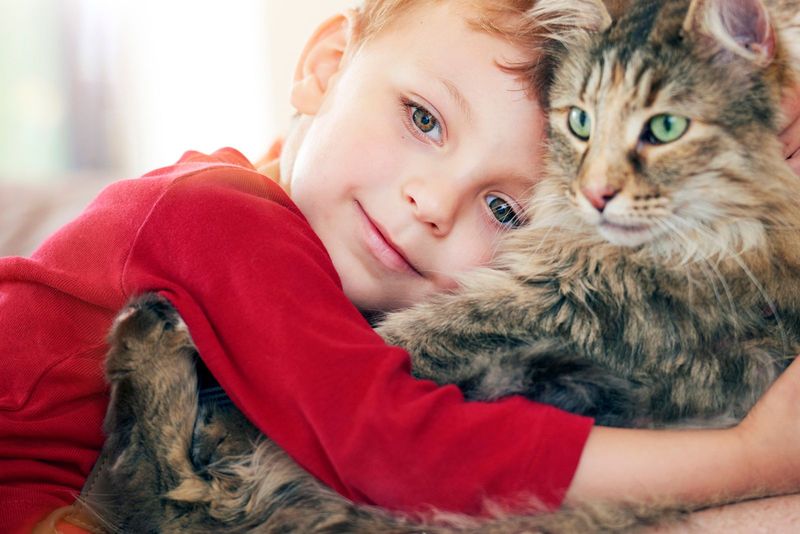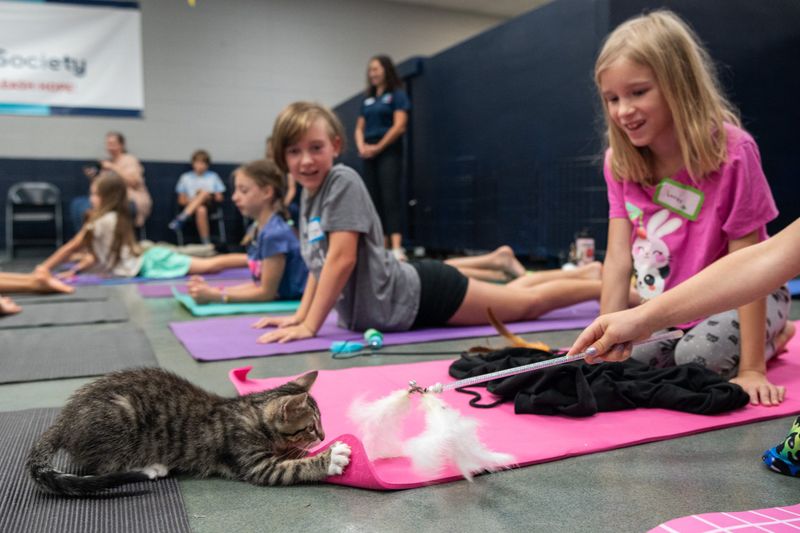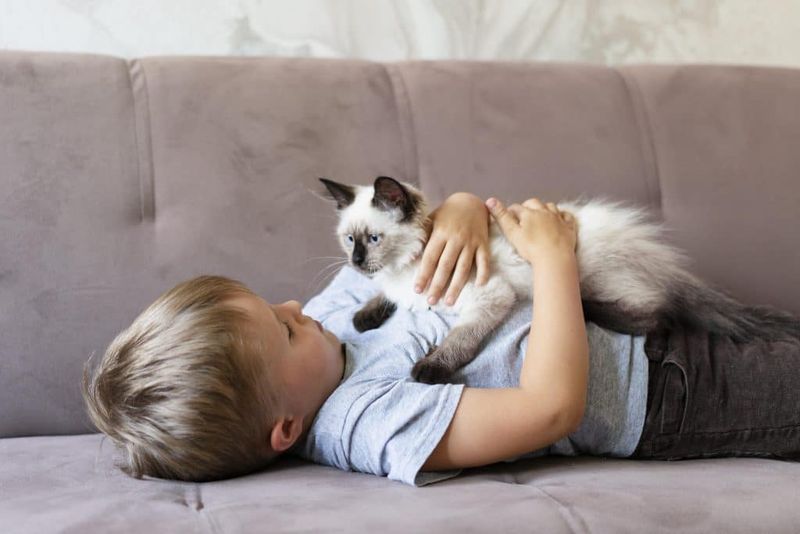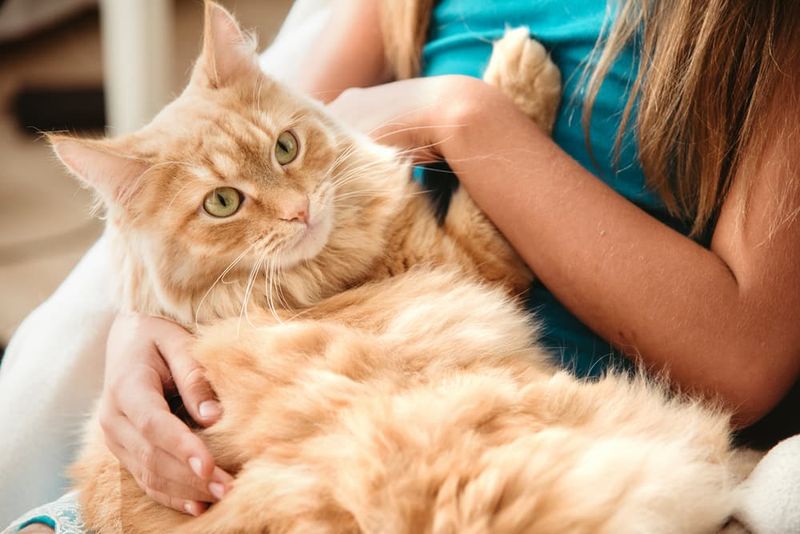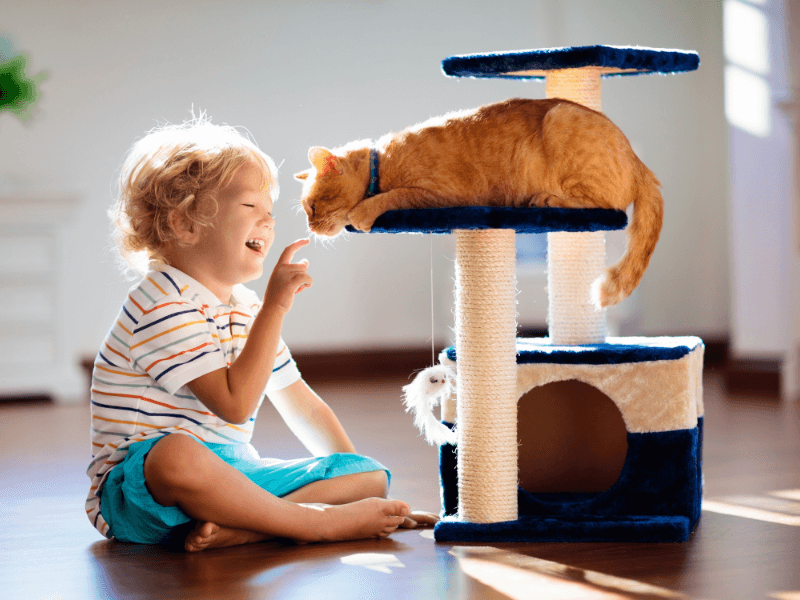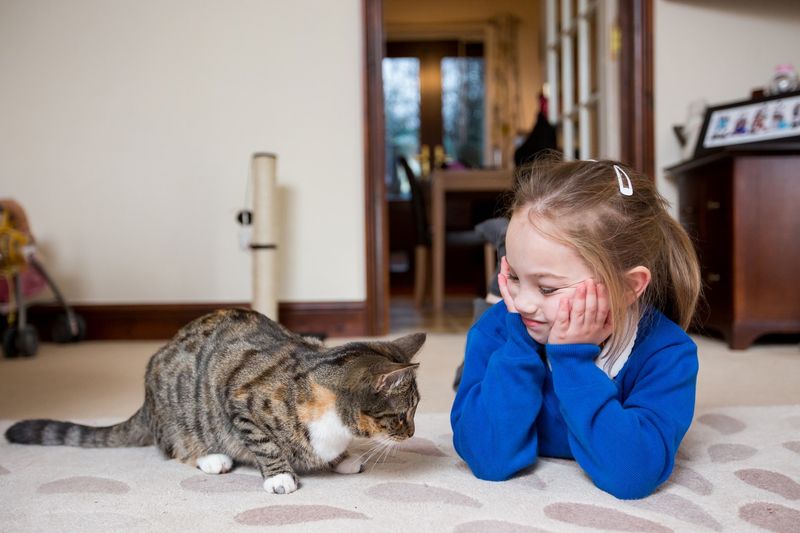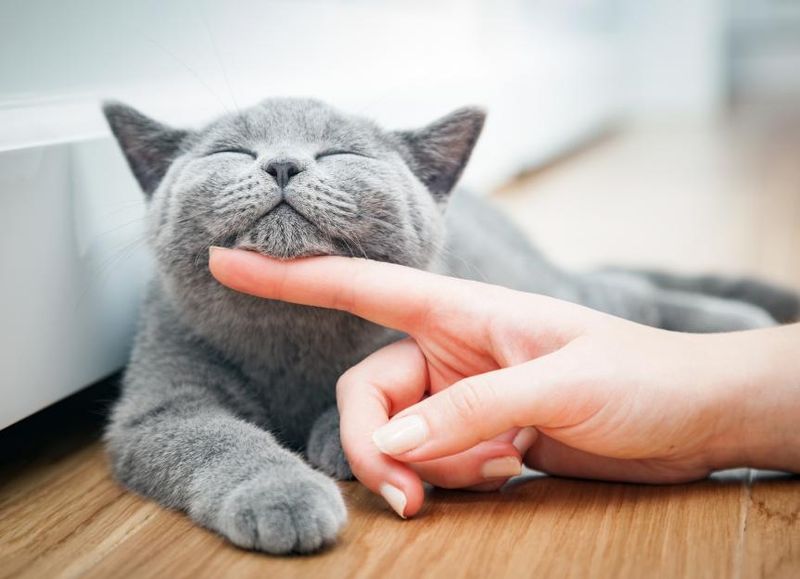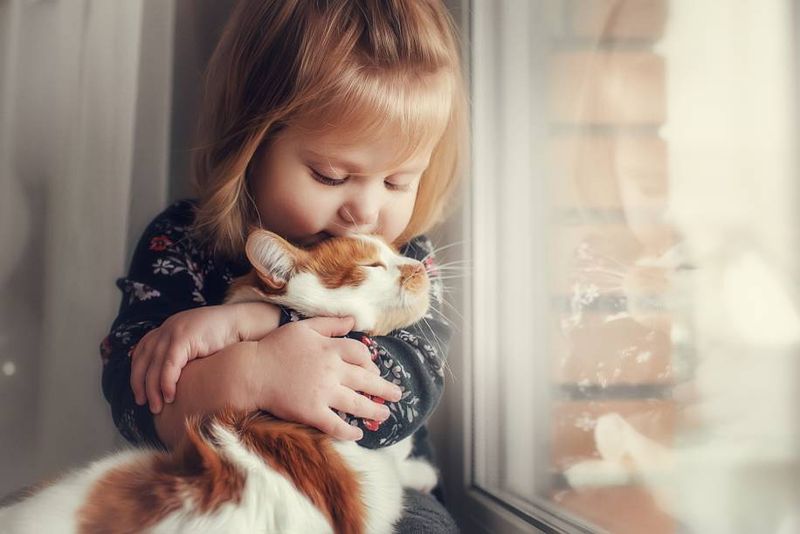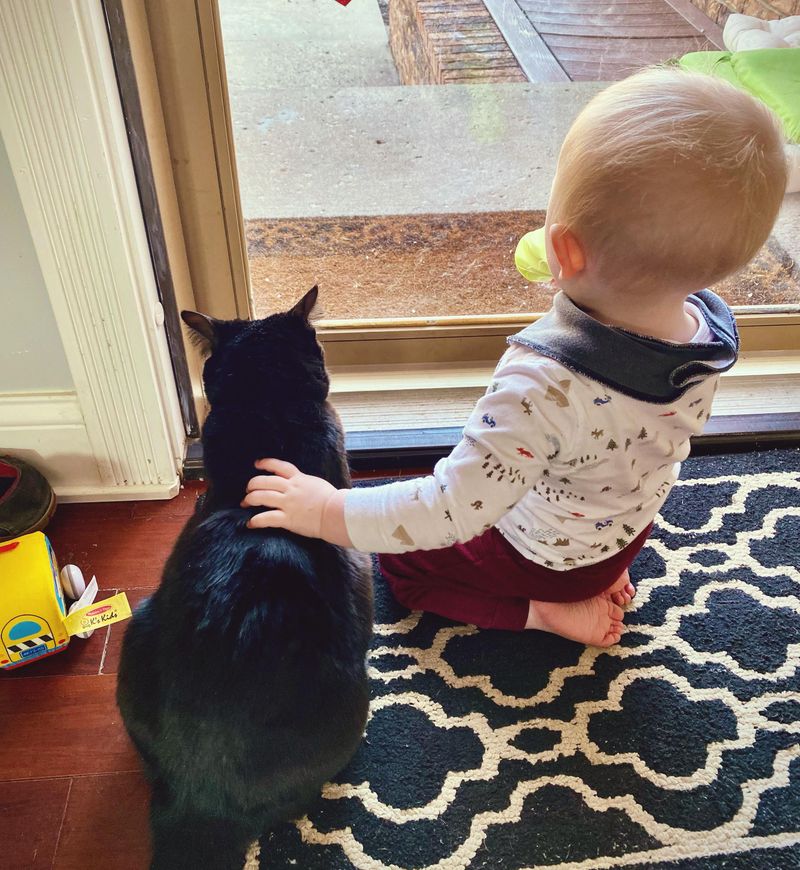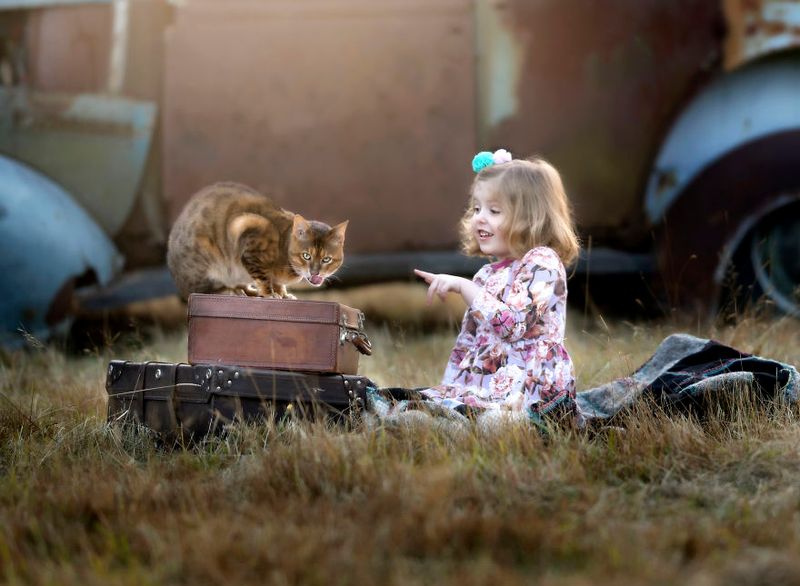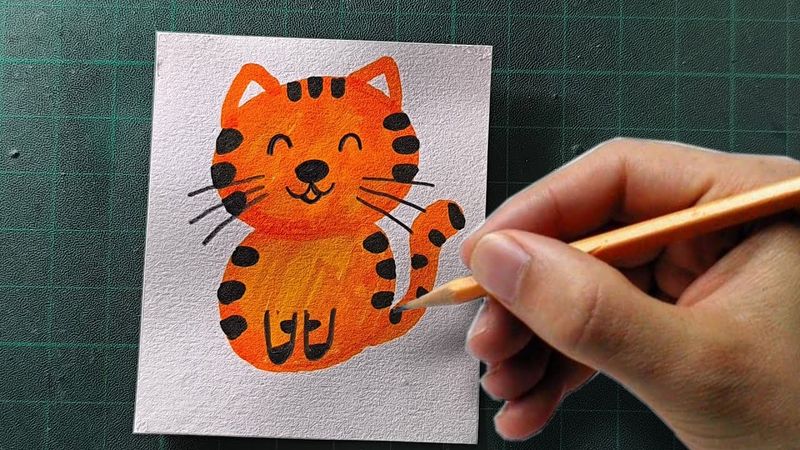📖 Table of Content:
- 1. Teaching Responsibility
- 2. Enhancing Empathy and Social Skills
- 3. Providing Emotional Support and Stress Relief
- 4. Encouraging Physical Activity and Play
- 5. Boosting Self-Esteem and Confidence
- 6. Strengthening the Immune System
- 7. Teaching Respect for Boundaries
- 8. Promoting a Positive Relationship Through Supervision
- 9. Teaching Gentle Handling
- 10. Providing Safe Spaces
- 11. Involving Children in Caretaking
- 12. Nurturing Patience and Calmness
- 13. Improving Communication Skills
- 14. Building Lasting Memories
- 15. Encouraging Creativity and Imagination
Cats can be excellent companions for children, offering numerous benefits that contribute to a child’s emotional, social, and physical development. Here are some key advantages and tips to consider when having a cat as part of your child’s life:
1. Teaching Responsibility
Caring for a cat involves tasks such as feeding, grooming, and cleaning the litter box. These responsibilities help children develop a sense of duty and accountability. As they participate in the daily care of their feline friend, they learn about the importance of maintaining the health and well-being of another living being. This experience can be both rewarding and educational, teaching valuable life skills and patience. It also instills a sense of pride in their ability to contribute to the care of a pet.
2. Enhancing Empathy and Social Skills
Interacting with cats can improve a child’s ability to understand and respond to the emotions of others. By recognizing and respecting a cat’s needs and feelings, children develop empathy, which translates into better social interactions and relationships. This unique bond fosters emotional growth, encouraging kids to be more considerate and understanding. It’s an everyday practice in seeing the world through another’s eyes, providing children with a better grasp of complex social cues and emotional insights.
3. Providing Emotional Support and Stress Relief
The presence of a cat can offer comfort and companionship, especially during stressful times. Petting a cat has been shown to reduce stress and anxiety levels, promoting relaxation and emotional well-being. Children often find solace in the gentle purring of a cat, which can be soothing and comforting. This calming effect can help children navigate their emotions better, providing a reliable source of support and companionship that is always there, without judgment or demands.
4. Encouraging Physical Activity and Play
Cats are playful and can engage children in active play, promoting physical activity. Playing with a cat can help children develop motor skills, hand-eye coordination, and problem-solving abilities. These playful interactions are not only fun but also beneficial for a child’s physical development. Whether it’s chasing a string or batting at a toy, cats encourage movement and creativity, making exercise an enjoyable and bonding experience for both child and pet.
5. Boosting Self-Esteem and Confidence
Caring for a pet can foster a sense of accomplishment and self-worth in children. The unconditional acceptance and companionship provided by a cat can boost a child’s confidence and self-esteem. Knowing that they are capable of caring for another creature builds self-assurance and pride. This sense of personal achievement translates into other areas of their lives, helping them face challenges with greater resilience and positivity, knowing they have a supportive friend by their side.
6. Strengthening the Immune System
Exposure to cats, especially during the first year of life, may help strengthen a child’s immune system, making them less likely to develop allergies and respiratory infections. This early interaction with pets introduces children to various microbes, helping their immune systems mature and adapt. While not a guarantee against all illnesses, this exposure can contribute to a more robust immune response, potentially leading to a healthier lifestyle as they grow. Such benefits highlight the positive physical impact of having a feline friend.
7. Teaching Respect for Boundaries
Cats have clear boundaries and will let children know when they need space. Learning to respect a cat’s body language and personal space teaches children important lessons about consent and understanding personal boundaries. This skill is essential for nurturing healthy relationships in all areas of life. By interacting with cats, children learn the importance of non-verbal cues and mutual respect, fostering a thoughtful and respectful approach towards others, both human and animal alike.
8. Promoting a Positive Relationship Through Supervision
Always monitor interactions between young children and cats to ensure safety for both parties. Supervision helps prevent misunderstandings and teaches children the proper way to interact with animals. This guidance is key to building a trusting and harmonious relationship between child and cat. By being present, adults can mediate and educate, reinforcing positive behaviors and ensuring that both child and feline feel safe and respected during their interactions.
9. Teaching Gentle Handling
Instruct children on how to approach and handle cats gently to prevent accidental scratches or bites. Learning to hold and pet a cat properly not only ensures the animal’s comfort but also builds trust between child and pet. Gentle handling promotes a nurturing environment, where the child learns about caring touch and respectful interaction. This lesson extends beyond animal care, advocating for kindness and tenderness in all forms of interaction, fostering a compassionate attitude.
10. Providing Safe Spaces
Ensure that cats have areas where they can retreat to when they need rest or solitude. Teaching children the significance of these safe spaces helps them understand the need for personal time and space. This lesson is vital in respecting the privacy and needs of others, reinforcing empathy and consideration. Children learn that sometimes a little distance is healthy, promoting a balanced relationship where both parties feel secure and respected, enhancing the overall living environment.
11. Involving Children in Caretaking
Assign age-appropriate tasks related to cat care to help children develop a sense of responsibility. Whether it’s feeding, grooming, or cleaning, these tasks teach practical skills and accountability. By being involved in the daily routine of pet care, children learn discipline and commitment. This involvement fosters a strong bond between child and pet, while also providing a sense of accomplishment and pride. Such experiences lay the groundwork for responsible behaviors and a caring attitude towards all living beings.
12. Nurturing Patience and Calmness
Living with a cat can teach children patience and calmness. Cats have their own schedules and moods, requiring children to wait and observe. This quiet observation fosters patience and an appreciation for timing. By understanding that cats may not always be ready to play or cuddle, children learn to adapt and respect the pace of others. This nurtures a calm and composed demeanor, valuable traits that benefit them in social interactions and personal growth.
13. Improving Communication Skills
Having a cat can improve a child’s communication skills. Cats may not understand words, but they respond to tone and body language. This interaction encourages children to express themselves clearly and creatively. By talking to their pets, children practice language skills and develop confidence in verbal expression. This playful form of communication enhances their ability to articulate thoughts and emotions, contributing to better social interactions and creative storytelling abilities, crucial for personal and academic success.
14. Building Lasting Memories
The companionship of a cat can create lasting memories for children. From playful afternoons to quiet moments of comfort, these experiences enrich a child’s life. Building a history of shared adventures and tender moments with a pet can foster a deep sense of connection and nostalgia. These memories become cherished stories and valuable lessons, shaping the child’s understanding of friendship and loyalty. The presence of a cat adds a special dimension to a child’s upbringing, filled with love and memorable experiences.
15. Encouraging Creativity and Imagination
Cats can inspire creativity and imagination in children. Whether it’s drawing pictures of their feline friend or inventing stories about their adventures, cats stimulate artistic expression. This creative engagement fosters a vibrant imagination, allowing children to explore different facets of creativity. By observing their cat’s antics, children find new ideas and perspectives, sparking innovative thinking. Encouraging such creative pursuits enhances problem-solving abilities and nurtures a lifelong love for the arts, enriching their educational journey and personal development.

